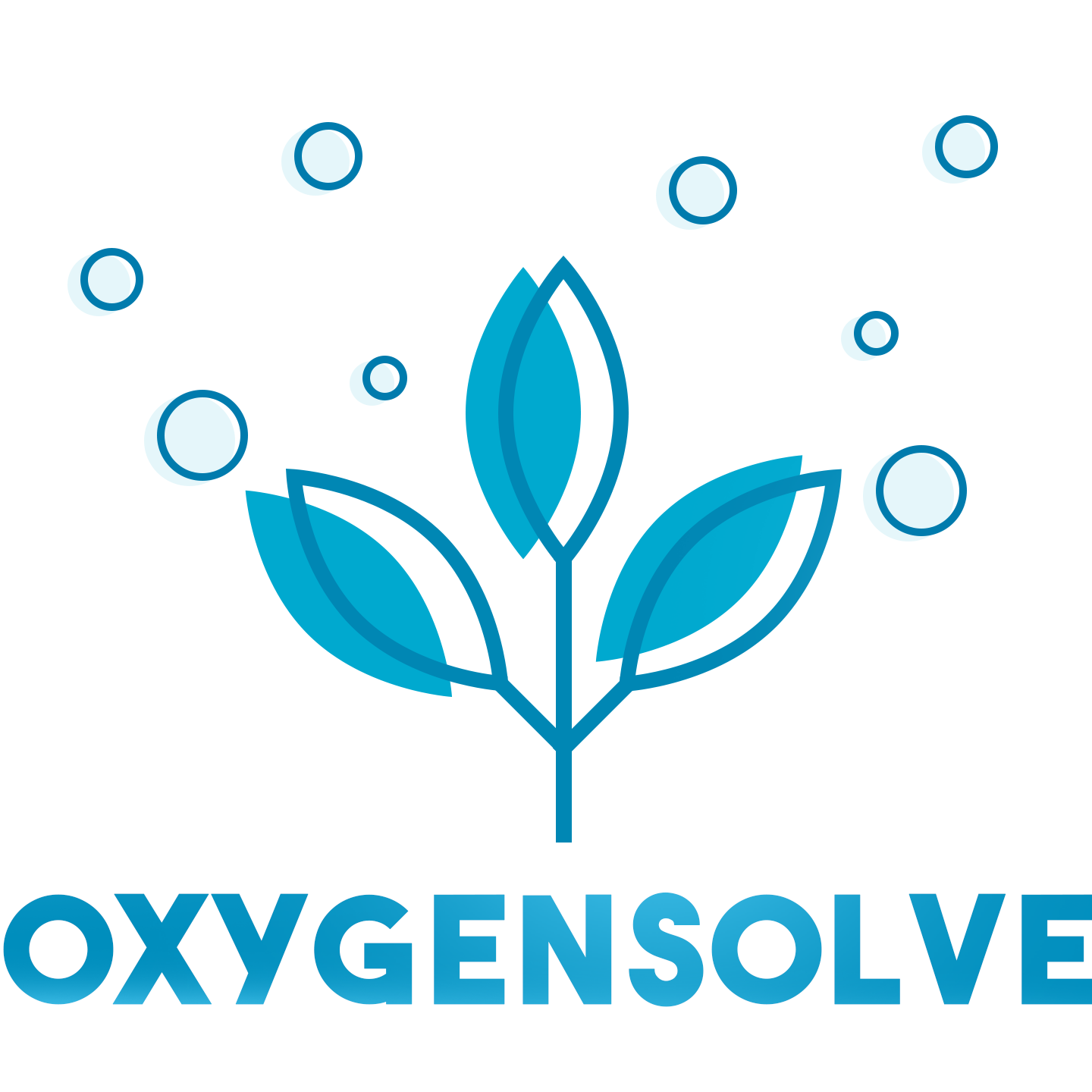The Impact of Pollen on Respiratory Health and How to Minimize Its Effects
CODE
Pollen is one of the most common airborne allergens that can negatively impact respiratory health. For individuals with asthma, allergies, or chronic lung conditions, pollen exposure can trigger symptoms such as wheezing, coughing, shortness of breath, and nasal congestion. As pollen counts rise during seasonal changes, those who rely on oxygen therapy must take extra precautions to minimize exposure.
In this guide, we’ll explore the impact of pollen on respiratory health and provide practical solutions to reduce its effects, including recommended home oxygen concentrators that can help ensure continuous, high-quality oxygen supply while keeping allergens at bay.
How Pollen Affects Respiratory Health
Pollen consists of tiny grains released by plants to fertilize other plants of the same species. While this is a natural process, pollen can become a major irritant when inhaled. It triggers allergic reactions and worsens respiratory conditions, such as:

-
Allergic Rhinitis (Hay Fever): Causes sneezing, nasal congestion, and itchy eyes.
-
Asthma Attacks: Pollen can inflame the airways, making breathing difficult.
-
Chronic Obstructive Pulmonary Disease (COPD): Increased exposure to pollen can worsen symptoms, leading to more reliance on oxygen therapy.
-
Bronchitis and Sinus Infections: Pollen can contribute to infections by irritating the respiratory tract.
Statistics on Pollen Allergies and Respiratory Health:
-
According to the American College of Allergy, Asthma, and Immunology, over 50 million Americans suffer from seasonal allergies, with pollen being the leading cause.
-
Studies show that pollen levels have increased by over 20% in the past 30 years due to climate change.
-
The Asthma and Allergy Foundation of America (AAFA) states that 80% of people with asthma also have allergies, making pollen exposure a serious concern.
How to Minimize the Effects of Pollen on Respiratory Health

1. Monitor Pollen Counts
Check daily pollen forecasts from reliable sources such as the National Allergy Bureau. On high-pollen days, limit outdoor activities, especially during early mornings and late afternoons when pollen levels peak.
2. Keep Indoor Air Clean
Investing in air purifiers with HEPA filters can significantly reduce indoor pollen levels. Regularly vacuuming, dusting, and keeping windows closed during peak pollen seasons can also help.
3. Use Oxygen Therapy in a Controlled Environment
For individuals relying on oxygen therapy, ensuring a pollen-free indoor space is essential. High-efficiency home oxygen concentrators not only provide consistent oxygen flow but also come with advanced filtration systems to help maintain air quality.
4. Choose the Right Home Oxygen Concentrator
If you require oxygen therapy, selecting the right home oxygen concentrator can enhance your respiratory health by providing a steady supply of pure oxygen while minimizing exposure to allergens. Here are some of the best options tailored for individuals sensitive to pollen:
Best Home Oxygen Concentrators for Allergy Season
Ideal for individuals needing consistent, medical-grade oxygen therapy, this device offers:
-
-
5L Continuous Flow for stable oxygen delivery
-
Medical-grade purity for superior respiratory support
-
Noise Level: <43dB, ensuring a quiet operation for home use
-

A versatile and quiet oxygen concentrator with advanced filtration:
-
-
10 Layers of Air Filtration to trap airborne particles, including pollen
-
≤42 dB Quiet Operation, ensuring a peaceful home environment
-
Adjustable 1-7L Continuous Flow for personalized oxygen needs
-
Perfect for individuals needing flexible oxygen flow with added features:
-
-
1-8L Continuous Flow to accommodate varying oxygen requirements
-
2-in-1 Oxygen Therapy and Nebulizer for added respiratory support
-
Ultra-Lightweight Design for easy portability around the home
-
Each of these models offers key features to enhance oxygen therapy while reducing airborne irritants, making them excellent choices for individuals struggling with pollen allergies.
5. Change Clothes and Shower After Outdoor Activities
Pollen easily clings to clothing, skin, and hair. Showering and changing clothes immediately after being outdoors can prevent pollen from spreading indoors.
Frequently Asked Questions (FAQs)
Can pollen cause serious breathing problems?
Yes, pollen can trigger severe allergic reactions, asthma attacks, and worsen COPD symptoms, leading to breathing difficulties.
How can I make my home allergy-proof?
Use HEPA air filters, keep windows closed, vacuum frequently, and shower after outdoor exposure to minimize pollen accumulation indoors.
Should I use oxygen therapy during allergy season?
Yes, oxygen therapy can help manage breathing difficulties caused by pollen allergies. It’s best used in a controlled, clean indoor environment.
Which home oxygen concentrator is best for allergy sufferers?
Oxygen concentrators with advanced filtration, such as the VARON FDA Approved 5L Medical Grade Home Oxygen Concentrator Serene 5 or the NT-04 Home Oxygen Concentrator, are excellent choices for those with respiratory sensitivities.
Conclusion
Pollen can significantly impact respiratory health, especially for individuals with asthma, COPD, or other lung conditions. By monitoring pollen levels, keeping indoor air clean, and using high-quality oxygen therapy devices, you can minimize the effects of pollen exposure and breathe easier. Investing in a reliable home oxygen concentrator ensures that you receive the necessary respiratory support even during peak allergy seasons.
Taking proactive measures today will lead to a healthier, more comfortable respiratory experience year-round.





















